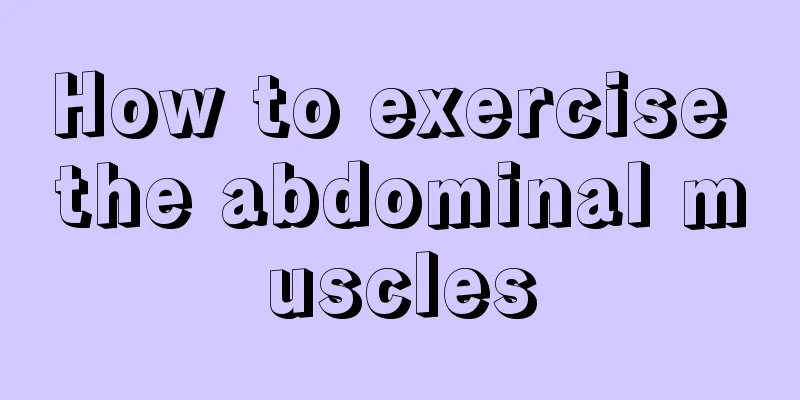Why do I have shoulder pain after exercising?

|
Modern people attach great importance to improving their physical fitness, because this is an important way to improve the body's resistance. Only when the basic body ability is strong can it provide a strong backing for resistance. Exercise is the best way to improve the body's resistance, and it plays a very prominent role in improving physical fitness. However, many people experience symptoms of body pain after exercise. For example, why do people have shoulder pain after exercise? Reasons for shoulder pain after exercise: 1. The sharp increase in muscle tension and elasticity can cause physical damage to the muscle structure components. 2. Increased metabolism increases the toxicity of metabolic waste to tissues. 3. The neural regulation of muscles changes, causing muscle spasms and pain. Soreness reaches its peak 24-72 hours after exercise, and the pain basically disappears after 5-7 days. In addition to soreness, there is also muscle stiffness. In mild cases, there is only tenderness, while in severe cases, the muscles are swollen and hinder movement. Delayed onset muscle soreness can occur in any skeletal muscle after intense exercise, especially after long-distance running. Long-distance runners may experience pain in the anterior extensors and posterior flexors of the hip, thigh, and calf, with symptoms more pronounced at the distal ends of the muscles and at the muscle-tendon junctions. After extreme exercise in the hot summer, in addition to muscle pain, symptoms such as dehydration, low calcium, and low protein may also occur. The exact cause of this muscle soreness is not fully understood. How to reduce or prevent it?
1. Exercise arrangements should be reasonable. After a period of exercise, the muscle soreness that originally occurred will be less severe with less exercise. And the performance is specific. For example, downhill exercise can reduce muscle soreness caused by downhill exercise after a period of training. 2. Warm the area and apply medication. Soaking in warm water after a workout can help relieve muscle soreness. Topical oils, pastes, or rubs may also relieve pain. 3. Stretching exercises can relieve muscle soreness. Stretching muscles can accelerate muscle relaxation and relieve antagonist muscles, which helps the recovery of tense muscles. This muscle stretching exercise also lays the foundation for preventing strains during exercise. 4. Do a good job of warm-up and cool-down during exercise. Adequate warm-up and proper cool-down can help prevent or reduce muscle soreness. |
<<: How to train your body's reaction speed?
>>: What is the best food to eat to increase muscle mass?
Recommend
What are the leg strength training methods
Nowadays, many people have the habit of exercisin...
What are the safety issues when skiing?
There are many people who want to ski in winter. ...
What are the benefits of doing sit-ups and push-ups regularly?
Sit-ups are a common form of exercise. Many male ...
Is it okay for a five-year-old to learn fencing?
Fencing is an internationally recognized competit...
What is the difference between aerobic fitness and anaerobic fitness?
Aerobic fitness and anaerobic fitness are relativ...
"The highest good is like water, follow the good like flowing water" you really should experience
If you are thirsty, water is heaven; if you are t...
What to do if your calves become thicker after running
As we all know, losing weight is the dream of fat...
Kidney Meridian Exercises
The meridians of the kidneys are particularly cri...
How to check sports injuries?
In daily life, we often see men sweating on the p...
How to slim down your legs by skipping rope
Many girls are troubled by the problem of elephan...
What should I do if I can’t play basketball?
Basketball is a very good sport. It can not only ...
Will skipping rope cause thick calves?
Rope skipping is a sport that everyone can do. Mo...
What to eat after exercising at night?
The human body consumes various energies during e...
How to quickly build arm muscles
When you lift heavy objects, carry luggage, or do...
Can I drink water while running?
When people exercise, their bodies are constantly...









